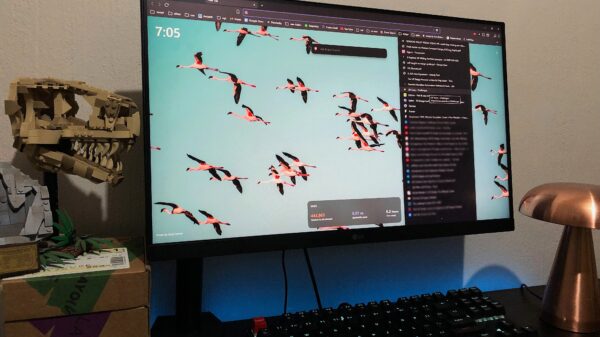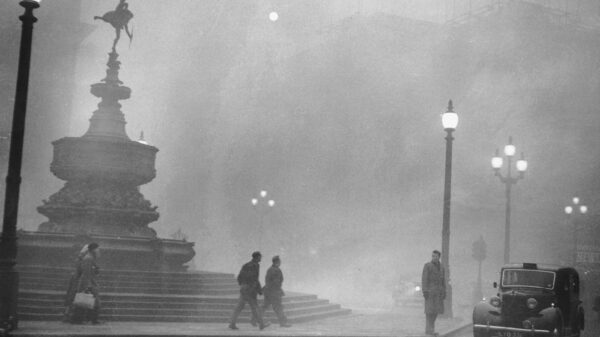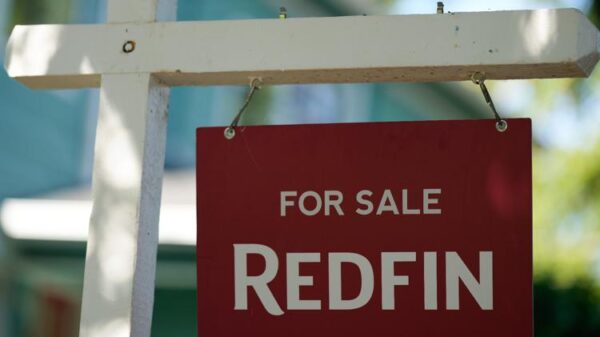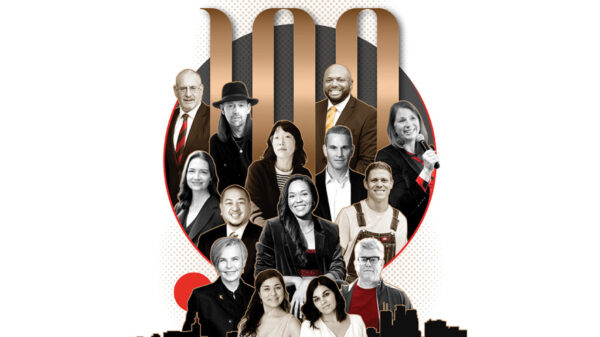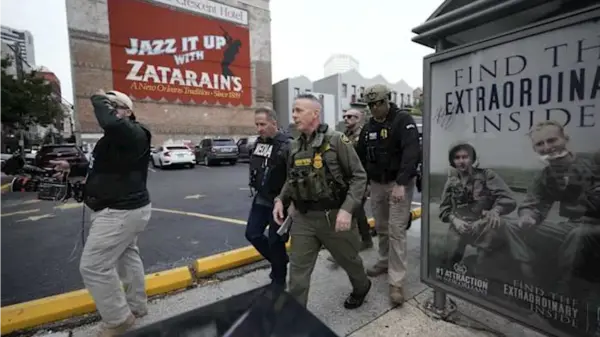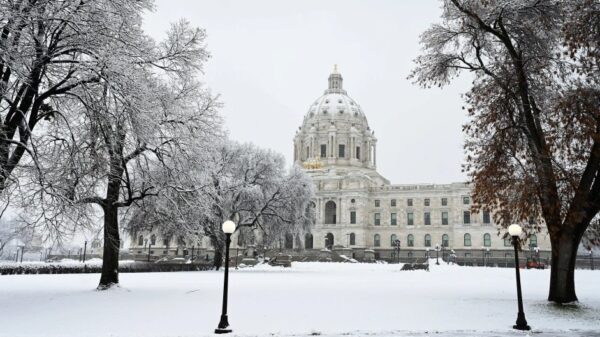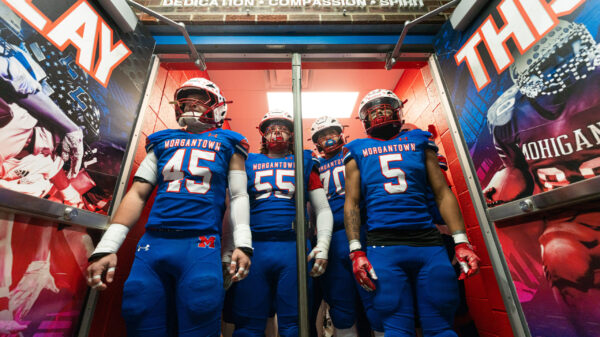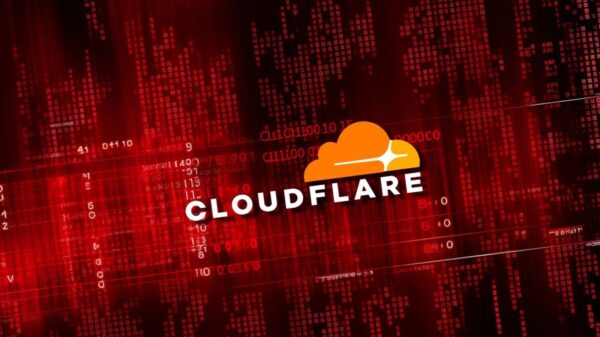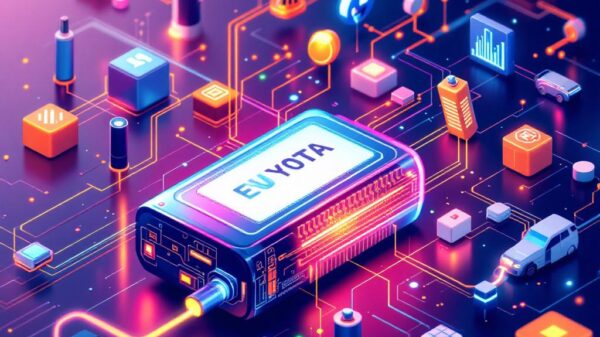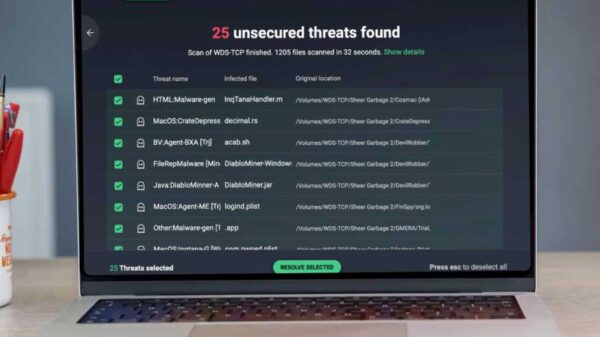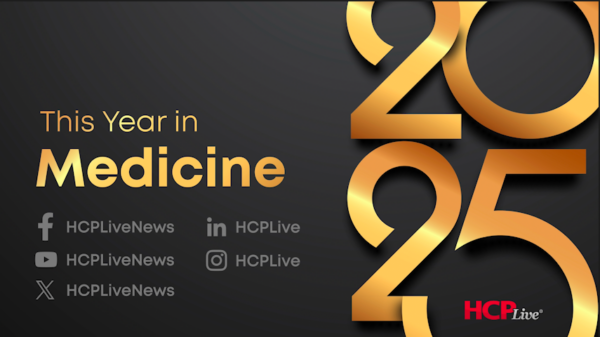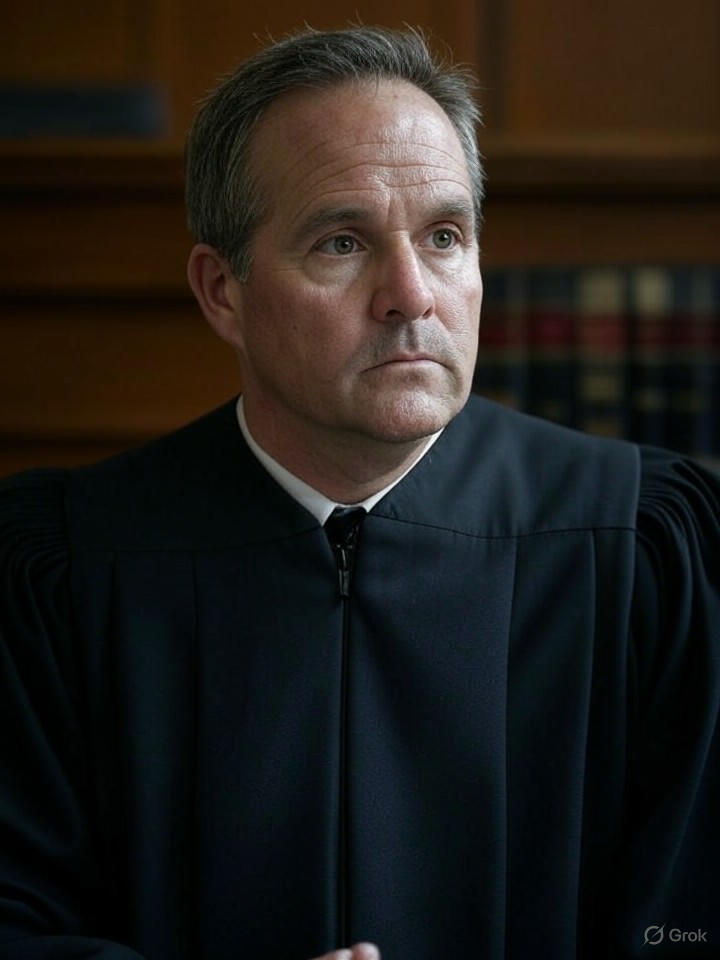The California Supreme Court has ruled against the City of Chula Vista, requiring the release of police drone footage previously kept from public access. This landmark decision marks a significant shift in the balance between law enforcement privacy and the public’s right to know. The court upheld a lower ruling mandating the release of specific videos, potentially exposing the city to more than $1 million in legal fees.
The case began when Arturo Castañares, publisher of La Prensa San Diego, requested videos to scrutinize the police department’s drone operations. Since 2018, Chula Vista police have employed drones as “first responders” to various incidents, ranging from medical emergencies to ongoing crimes. The program has seen over 20,000 flights, enabling drones to provide real-time aerial views before officers arrive on the scene.
Despite the program’s successes, the city has resisted blanket disclosures, arguing that all drone footage qualifies as investigatory records exempt under the California Public Records Act. This stance led to a protracted legal battle that began in 2021 when Castañares filed his request.
Legal Journey and Court Decisions
Initially, a superior court sided with the city, denying Castañares’ request on the grounds that releasing the footage could jeopardize investigations. However, an appellate court reversed this decision in 2023, categorizing drone footage into three categories: purely investigatory, non-investigatory, and mixed. As outlined by BBK Law, the appellate court ruled that not all drone videos are automatically exempt and mandated case-by-case reviews under the “catch-all” provision of the act.
In April 2024, the California Supreme Court declined to review this decision, allowing the appellate ruling to stand. Chula Vista continued its efforts to appeal after a subsequent order to release blurred footage. Reports from Times of San Diego highlighted the city’s petition in August 2025, emphasizing risks to officer safety and victim privacy if videos were released without proper redactions.
Impact on Police Accountability and Transparency
The Supreme Court’s final ruling, as reported by ABC10, mandates that police departments across California review drone footage for public access, prohibiting blanket denials. This decision empowers transparency advocates, affirming that non-investigatory videos, such as those from routine patrols or false alarms, must be released. The ruling could set a precedent for other jurisdictions, reflecting a significant shift in how emerging technologies interact with public records laws.
Public sentiment largely supports the ruling, as expressed on social media platform X, where many users praised the decision for limiting potential surveillance overreach. However, some individuals voiced concerns about possible operational impacts on police activities.
Chula Vista officials, speaking to CBS8, expressed worries that the ruling could discourage drone use, fearing litigation over necessary redactions. The city has already invested hundreds of thousands in legal defenses, and the potential fee award to Castañares underscores the financial implications of this legal challenge.
For transparency advocates, this ruling represents a monumental victory. According to StateScoop, it obliges agencies to justify exemptions on a case-by-case basis, enhancing accountability in a time when drone technology is becoming increasingly prevalent in law enforcement.
The implications of this decision may extend beyond California, influencing federal guidelines for drone data use. With cities like New York and Seattle adopting similar drone programs, legal experts anticipate a rise in lawsuits challenging automated exemptions for body cameras and AI-driven surveillance technologies.
The California Supreme Court’s ruling reinforces the state’s commitment to open government, compelling police departments to balance innovation with public trust. While Chula Vista may comply by releasing redacted videos, this case signals the dawn of a new era where the outputs of technology are subject to scrutiny, fostering a culture of transparency in law enforcement.


